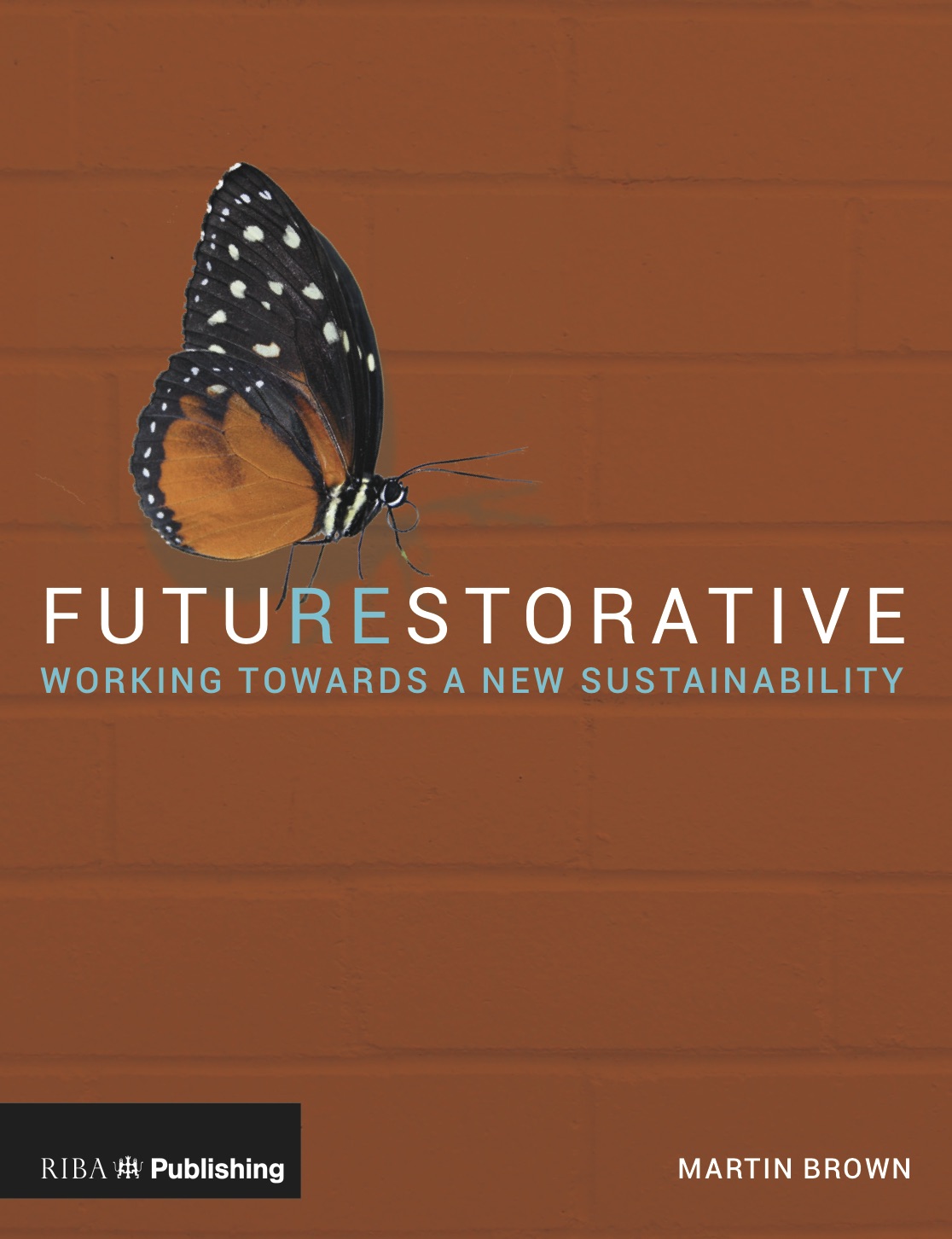 One of my aims in writing FutuREstorative was to explore and encourage new thinking for sustainability in the built environment. In turn, inspiration for the book has, in part, come from a number of classic writers and books over the last half century or so, woven into FutuREstorative and into built environment sustainability potentials.
One of my aims in writing FutuREstorative was to explore and encourage new thinking for sustainability in the built environment. In turn, inspiration for the book has, in part, come from a number of classic writers and books over the last half century or so, woven into FutuREstorative and into built environment sustainability potentials.
In addition to these books being powerful in shaping my thinking towards sustainability, they often articulate alignment between nature, the outdoors, wildness and business sustainability.
The Bibliography in FutuREstorative gives a complete listing, but below are a sample 21 of the best, all worthy of making a great sustainable reading or gifts to inspire, as indeed would FutuREstorative!. (Note the wonderful Icelandic tradition of giving books on Christmas Eve, simply as an additional gift to inspire)

Let my People go Surfing – Chouinard, Y.
Three books in one here, a biography, a mountain & surf adventure and a business sustainability philosophy. This is a must read for reluctant business CSR people.
Sand County Almanac – Leopold, A.
Recognised as the godfather of ecology, Sand County is the classic land ecology book. Classic quotes form Sand County include Thinking like a mountain and We reached the old wolf in time to watch a fierce green fire dying in her eyes. I realized then, and have known ever since, that there was something new to me in those eyes – something known only to her and to the mountain.
Silent Spring – Carson, R.
First published in three serializsed excerpts in the New Yorker in June of 1962,this is the book that in many ways triggered the 1960s environmental protest movement. Still as valid today as we deal with persistent chemicals within the built environment materials
Cradle to Cradle – Remaking the Way We Make Things – Braggart, M. and W. McDonough Groundbreaking for the circular economy thinking, challenging the way we make and dispose of things.
Ecology of Commerce – Hawken, P
An important text that aligned ecology and environmental concerns with mainstream business. “if you look at the science about what is happening on earth and aren’t pessimistic, you don’t understand data. But if you meet the people who are working to restore this earth and the lives of the poor and you aren’t optimistic, you haven’t got a pulse.”
Biophilia – Wilson, E.O
Part autobiographical and personal, Wilson’s introduction to the love and relationship with nature, that introduced us to the concept of biophilia. “Nature holds the key to our aesthetic, intellectual, cognitive and even wellbeing. …”
Transition Handbook – Hopkins, R.
The original handbook for the now-global Transition movement, addressing actions required in transitioning to a post peak-oil economy. “… by unleashing collective genius of those around us to creatively and proactively design our energy descent, we can build ways of living that are more connected, more enriching and that recognize the biological limits of our planet.”
Wildwood – A Journey through Trees – Deakin, R.
Living with trees, an autobiography from one of the UK’s foremost environmentalist writers. “To enter a wood is to pass into a different world in which we ourselves are transformed
Revolutionary Engineering – Miller, M.
How the international engineering firm Intergral approach restorative sustainability. Included are case studies from their Living Building Challenge projects. Intégral: Revolutionary Engineering is for trailblazers who care about advancing the building and construction industry toward greater occupant health and happiness, and stronger resilience and regenerative systems.
Design with Climate: BioClimatic Architecture 2015 update – Olgyay, V.
Reprint of a classic 1960s text that inspired and promoted architectural design based on biology and climate. I was not fully aware of this important work until researching for a commissioned review
Biomimicry in Architecture, 2nd Edition – Palwyn, M.,
Insights into the amazing world and future potentials of biomimicry within the built environment
Feral – Rewilding the Land, the Sea and Human Life. Monbiot, G.
Inspiration for restorative and regenerative environmentalism and conservatism through Monbiot’s experience and passion on rewilding themes.
Tools for Grass Roots Activists. Gallagher, N. and L. Myers, P Brilliant collection of essays and tools from over two decades of the Patagonia invite-only Tools Conferences
Walden – Thoreau, H.D.
Recognised by many as being the classic work on environmental and conservation thinking. “We need the tonic of wildness…At the same time that we are earnest to explore and learn all things, we require that all things be mysterious and unexplorable, that land and sea be indefinitely wild, unsurveyed and unfathomed by us because unfathomable. We can never have enough of nature.”
Last Child in the Woods: Saving our Children from Nature-Deficit Disorder – Louv, R.
Why we need biophilia in our and in our children’s everyday lives. “We have such a brief opportunity to pass on to our children our love for this Earth, and to tell our stories”
Confessions of a Radical Industrialist: How My Company and I Transformed Our Purpose, Sparked Innovation, and Grew Profits – By Respecting the Earth – Anderson, R.C. and R. White,
The guide that shaped and continues to inspire the values and ethos of Interface Inc. to take nothing from the earth that can’t be replaced by the earth
Landmarks – Macfarlane, R.
Why language and words are important to understanding our relationship with nature and landscapes. Certain books, like certain landscapes, stay with us even when we left them, changing not just our weathers but our climates.”
This Changes Everything: Capitalism vs. the Climate – Klein, N.
How capitalism and our economic structures are at the root cause of climate change.“So we are left with a stark choice: allow climate disruption to change everything about our world, or change pretty much everything about our economy to avoid that fate. But we need to be very clear: because of our decades of collective denial, no gradual, incremental options are now available to us.”
Responsible Business – Chouinard, Y. and V. Stanley
Background to the responsible business values and approaches at Patagonia. “At Patagonia, making a profit is not the goal because the Zen master would say profits happen ‘when you do everything else right.’”
Reinventing Fire – Lovins, A.
A route to a non fossil fuel future in four industries that includes the built environment. Reinventing Fire will require tapping, in particular, the two biggest motherlodes of energy, efficiency and the Sun.
Eden – Smit, T.
Background to the development and principles of the Eden Project in Cornwall, UK. “…. construction is a culture that depends on warfare and fault finding that is not compatible with collaborative partnerships …”
&
FutuREstorative: Working Towards a New Sustainability Brown, M.
Focuses on the emergence of a net positive and restorative sustainability, as a more rounded social, wellness, health and healthy buildings debate “We can and must reignite sustainability, set the sustainability soul on fire, make sustainability fun and exciting, and inspire a new generation – not only for a vision of sustainability that is regenerative but a vision that also acknowledges the damage of the past and makes amends, healing the future
If you like this please share:


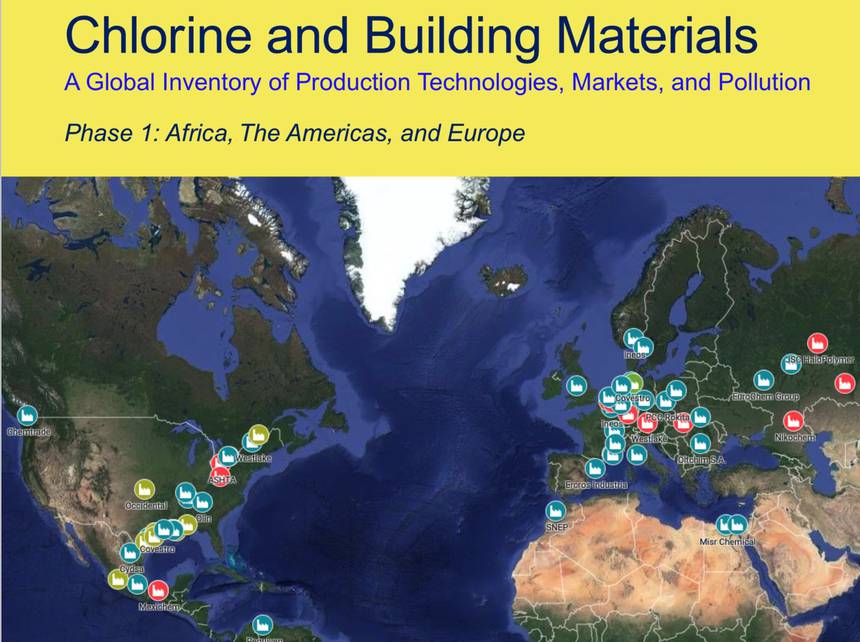
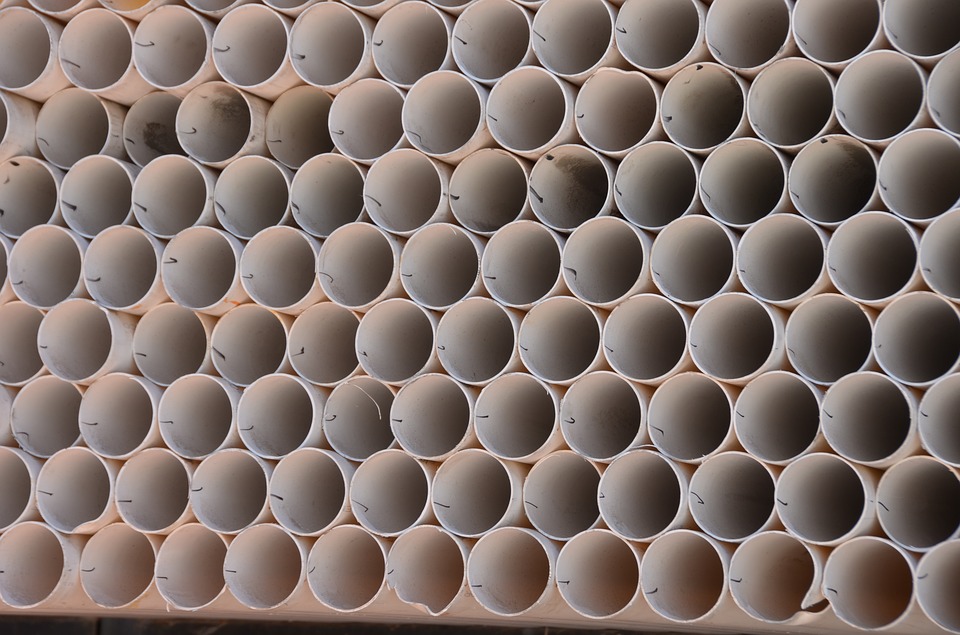

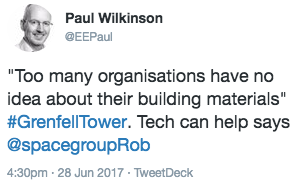

 One of my aims in writing
One of my aims in writing 

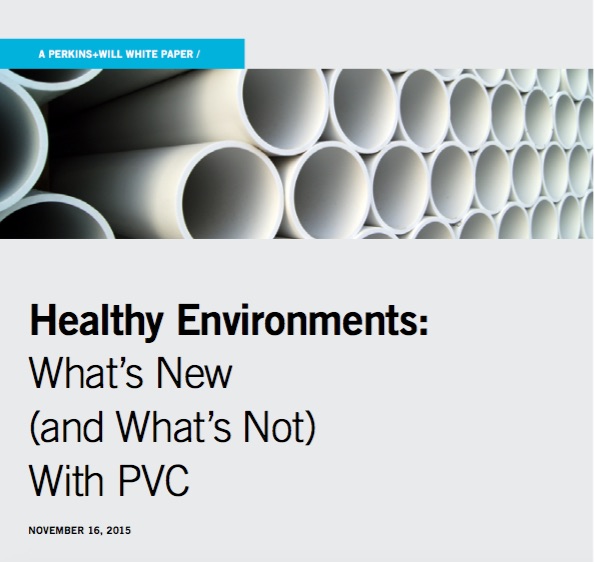 The
The
 BIM has a far deeper application than just a design modelling, construction or facilities management tool. This fact has been highlighted recently through a number of events and conversations, for example;
BIM has a far deeper application than just a design modelling, construction or facilities management tool. This fact has been highlighted recently through a number of events and conversations, for example; OK, not all construction and indeed we have many exemplar, near-zero-waste construction projects , yet the industry continues to be wasteful, locked into a Take, Make, Waste attitude that contributes 40% of all waste.
OK, not all construction and indeed we have many exemplar, near-zero-waste construction projects , yet the industry continues to be wasteful, locked into a Take, Make, Waste attitude that contributes 40% of all waste.